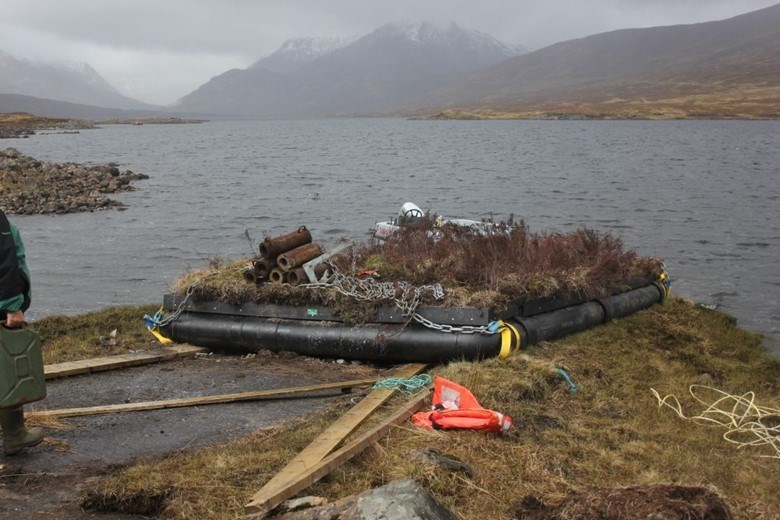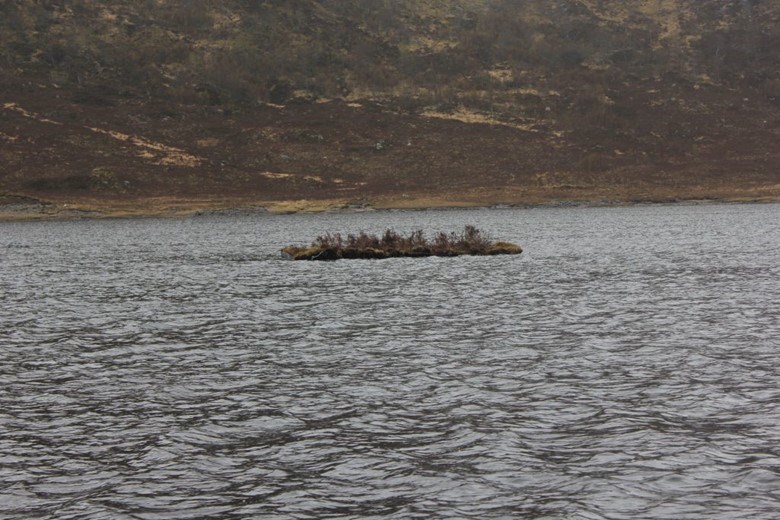You might be forgiven for thinking that a bird named the Common Scoter didn’t need our help, but you’d sadly be very wrong.
SSE's Marine Biologist, Alastair Stephen tells us why.
The UK breeding population of this small diving sea duck has substantially declined to little more than 40 pairs in the UK and The Royal Society for the Protection of Birds (RSPB) is so concerned it has made the bird a Red List species meaning urgent action is required.
Well, SSE is determined to do all it can to help play its part and that means making allowances for the ducks that live at some of the lochs where we have hydro sites. For these also happen to be areas where the Common Scoter can breed, so our role is to work in partnership with animal conservation bodies to help the ducks.
The RSPB, the Wildfowl, Wetlands Trust (WWT) and Scottish Natural Heritage (SNH) has designated a number of sites as Special Protected Areas (SPAs) under the European Birds Directive. One of these areas known as the West Highland Lochs SPA covers two major hydro reservoirs as part of the Great Glen scheme operated by SSE.
Over the past three years SSE has supported a joint initiative to investigate the breeding biology of the Common Scoter in greater detail. The project is also jointly supported by the RSPB, WWT, SNH and the Forestry Commission (FC). Very little was known about the locations used for nesting and what the birds fed on at these wild West Highland lochs, especially as newly hatched ducklings.
During the past two summers Ed Burrell from the WWT has undertaken painstaking research and has attached transmitters to many of the breeding females and has tried to identify the main problems encountered by the birds in successfully fledging their young.
One of the key problems highlighted by the work is the lack of safe breeding locations next to the lochs. In a similar manner to Black Throated Divers, the Common Scoters that live 90% of their lives at sea are not well adapted to life on land and nest close to the loch shores.
The work with which we have been involved has identified a couple of possible practical solutions to help the Scoters. The main one being the construction of floating (anchored) islands – similar but larger than the ones used to aid the Black Throated Divers.
The group’s plans involve building at least one such island, and we have been investigating the possibility of using marine fish farm cage supports as frames for the structures. We have just installed the first of these floating islands and we hope these will be a real help to the Common Scoters when they nest.


I believe the work that has gone into this initiative shows conservation organisations and the large bird protection charities that SSE is serious about local environmental issues and is willing to get involved in seeking practical solutions. Our involvement with the local staff of RSPB, and SNH in particular, is paying dividends and it also means we have strong relationships in place.
In the past few years the birds that have been protected by our actions have included Peregrine Falcon, Hen Harrier, Merlin and Wood Sandpipers. With more hard work we are hopeful the Common Scoter will one day be common by name and nature.

